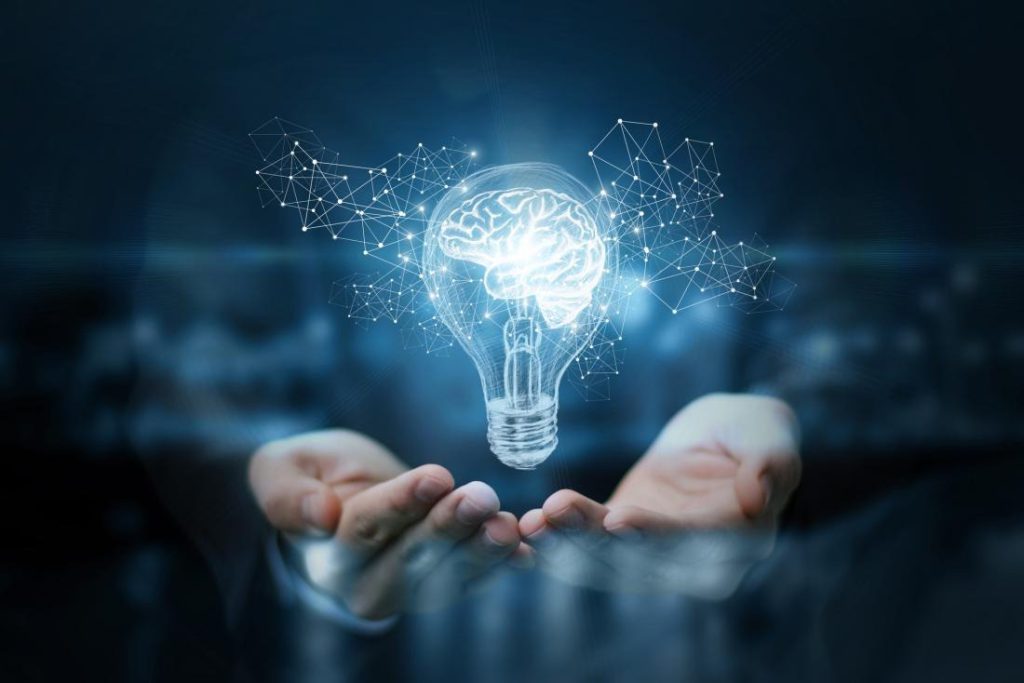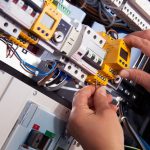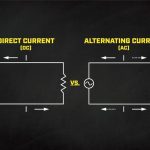Electricity is an essential part of our daily lives, powering everything from our smartphones 📱 to our homes 🏡 and cities 🌆. But have you ever wondered how electricity actually works? In this article, we’ll explore the science behind electricity, its components, and how it travels from power plants to your devices.
Understanding Electricity 💡
At its core, electricity is the flow of electric charge, primarily carried by electrons—tiny particles found in atoms. Atoms are made up of three main components:
- Protons (positively charged)
- Neutrons (no charge)
- Electrons (negatively charged)
Electrons orbit the nucleus (center) of an atom, and when they move from one atom to another, they create an electric current ⚡. This flow of electrons through a conductor, like copper wire, is what we call electricity.
Types of Electricity ⚡
Electricity comes in two main forms:
-
Static Electricity 🌩️
- This occurs when electrons build up on the surface of an object, creating an electric charge. For example, when you rub a balloon 🎈 on your hair, the balloon collects electrons, causing your hair to stand up due to electric attraction.
-
Current Electricity 💡
- This is the flow of electrons through a conductor, which powers devices like light bulbs, computers, and refrigerators. Current electricity can be further divided into:
- Direct Current (DC): Electrons flow in one direction (used in batteries 🔋).
- Alternating Current (AC): Electrons change direction rapidly (used in household power outlets).
- This is the flow of electrons through a conductor, which powers devices like light bulbs, computers, and refrigerators. Current electricity can be further divided into:
How Electricity is Generated ⚙️
Electricity is generated in power plants using various energy sources such as coal, natural gas, nuclear energy ☢️, wind 💨, solar ☀️, and hydroelectric power 💧. The process generally involves:
- Energy Source Activation: For example, burning coal or harnessing wind turns turbines.
- Turbine Rotation: The turbine spins, connected to a generator.
- Electric Generator: The generator converts mechanical energy into electrical energy using electromagnetic induction.
Electromagnetic induction occurs when a conductor moves through a magnetic field, causing electrons to move and create electricity. This principle, discovered by Michael Faraday in the 1830s, is the foundation of modern electricity generation.
How Electricity Travels to Your Home 🏠
Electricity must travel from power plants to homes and businesses through a network known as the electrical grid. The process involves several key steps:
- Generation: Electricity is produced at power plants.
- Transmission: High-voltage transmission lines carry electricity over long distances.
- Substation: Voltage is reduced to a safer level at substations.
- Distribution: Electricity travels through local power lines to homes and businesses.
- Consumption: Finally, electricity flows through wiring and outlets to power devices.
The electrical grid is designed to efficiently deliver electricity while minimizing energy loss. High voltage is used for long-distance transmission because it reduces energy loss due to resistance.
Key Components of Electrical Circuits 🧩
Electricity flows through circuits, which are paths made of conductive materials. A basic electrical circuit includes:
- Power Source (battery or generator) 🔋
- Conductors (wires that carry electricity) ⚡
- Load (device that uses electricity, like a light bulb 💡)
- Switch (controls the flow of electricity) 🕹️
When the switch is closed, the circuit is complete, allowing electricity to flow. When the switch is open, the circuit is broken, and electricity cannot flow.
Voltage, Current, and Resistance ⚡⚖️
Electricity is measured using three main properties:
- Voltage (V): The force that pushes electrons through a circuit, measured in volts (V). Think of it like water pressure in a hose.
- Current (I): The flow of electrons through a conductor, measured in amperes or amps (A). Similar to the amount of water flowing through a hose.
- Resistance (R): The opposition to the flow of electricity, measured in ohms (Ω). Imagine squeezing a hose to slow the water flow.
Ohm’s Law (V = I × R) describes the relationship between voltage, current, and resistance. This law is crucial for designing and troubleshooting electrical circuits.
Why Electricity is Important 🌍
Electricity has transformed the world, improving communication 📞, transportation 🚗, healthcare 🏥, and entertainment 📺. Renewable energy sources like solar and wind are helping create a more sustainable future, reducing pollution and conserving resources.
Safety Tips When Using Electricity ⚠️
Electricity can be dangerous if not handled properly. Here are some safety tips:
- Never touch electrical outlets with wet hands.
- Avoid overloading electrical outlets.
- Use insulated tools when working with electricity.
- Call a professional electrician for repairs.
Conclusion ✅
Electricity is a fascinating and vital force that powers our modern world. From the movement of electrons to the generation of power, understanding the science behind electricity helps us appreciate the energy we rely on daily. As technology advances, sustainable energy sources will play an increasingly important role in shaping a cleaner, brighter future. 🌱⚡


